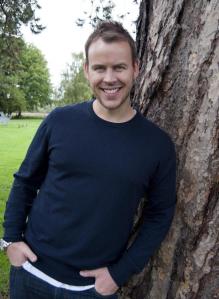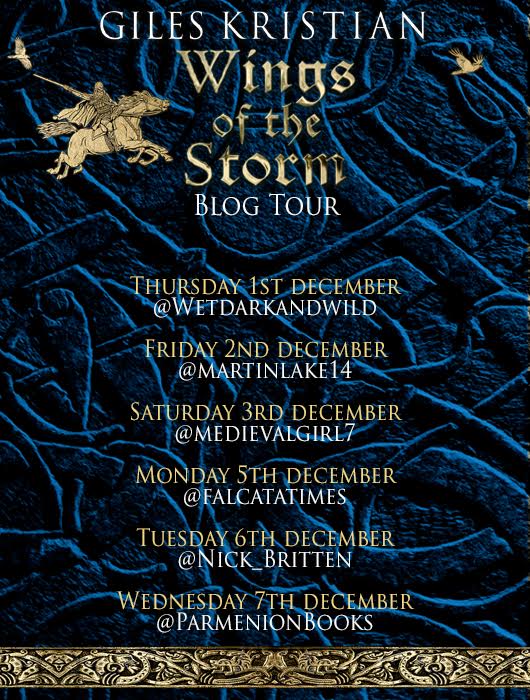
Well, its been a while but I’m finally re-launching the blog! Life has conspired in various ways to take me away from the world of reviewing and to be honest I haven’t read much over the last 18 months either but the bug has bitten again and I’m ready to go!
And what better way to relaunch the blog than to be a part of Giles Kristian’s Blog Tour to help celebrate the launch of his latest book, Wings of the Storm which is the last book in his Rise of Siguard series (Review here). Giles has very kindly answered some of my questions about the book and what the future holds for him.
So pick up your oar, strap on your sword and find a place on the rowing bench as we sail headlong into the world of the Vikings as imagined by Giles…
1) What can we expect from the last book in the series?
Wings of the Storm is the climactic finale in the Rise of Sigurd series. Sigurd and his crew of oathsworn warriors are fighting for an ambitious warlord in Sweden, for Sigurd knows he needs fame and reputation, and silver too, if he’s to attract warriors to his own banner and, at last, challenge his hated enemy, the oath-breaker King Gorm. But while men have come to believe he is Odin-favoured, its seems Sigurd has drawn the eye of another god: Loki the Trickster. A daring raid goes wrong and Sigurd is captured, bound like a slave and taken to the sacred temple at Uppsala, where the blood of human sacrifice flows to appease the gods.
I felt I’d rather built things up across the first two books, with Sigurd desperate and yet unable to take his long-awaited revenge on his enemy. But delaying vengeance is a very Viking thing to do. If someone wronged you, you might wait years before exacting your revenge. The act of biding your time, taking retribution when it was least expected, showed your self-control and was much admired. So, in Wings of the Storm I knew it was time to unleash the pent-up fury. Readers can expect an adrenaline-fuelled climax which I hope will leave them shuddering and breathless and perhaps even with a sense that the old gods have been watching.
2) After six books writing about Sigurd, is this the final trip for him?
There could easily be more books in the Rise of Sigurd series because Wings of the Storm doesn’t lead directly into RAVEN: Blood Eye. It would still be some fifteen or so years before Sigurd meets Raven. Plenty of time for more adventures (it’s almost as if I’ve thought about it), although it’s perhaps more likely that I’ll write another RAVEN book, because I keep getting emails from readers asking me to. And, thinking about where I left the story, it seems only the decent thing to get the last survivors of Sigurd’s band out of Miklagard before they become soft and corrupt. Before they become accustomed to the finer things in life or drown themselves in wine and women and the many delights of the ‘greatest city’. We wouldn’t want our wolves to become tame, would we? Then again, from what I recall there aren’t many of them left at the end of Odin’s Wolves, so perhaps the kindest thing is to let them enjoy themselves. They’ve earned a few perks.
Maybe I should see what my publisher thinks about the idea. Either way, Wings of the Storm is likely to be my last Viking book for a few years because I have other stories planned. I’m going to miss Sigurd and his motley crew. Let’s see what the Norns weave.
3) Where did the inspiration for Sigurd and his crew come from?
I was on a stag weekend in Oslo, visiting the Viking Ship Museum, sneakily touching the stunning Oseberg and Gokstad ships when no one was looking, and I found myself imagining our group of friends aboard those very ships, at the row benches, out to pillage and plunder (as we were!). I imagined the banter, the black humour and the camaraderie, the thinly disguised fear and trepidation and excitement and wanderlust. I felt the first threads of something start to weave in my mind as I stood there in that awe-inspiring place. As soon as I was home, and the fog had cleared, I wrote the first lines of RAVEN: Blood Eye. Being half Norwegian and having spent so much time on little boats in and around the islands and fjords of western Norway, it seemed entirely fitting that I should write a Viking story. Mind you, I couldn’t have known Sigurd and his crew would journey on through six novels, and when I think how, very early on in my career, my mother said, ‘Why don’t you stop writing about Vikings and write something that people actually want to read about?’, I think it’s going rather well!
4) How much research goes into the books?
It’s hard to pinpoint precisely when a lifelong interest and passion becomes deliberate research for a book. But I have to say that one of the joys of writing about late 8th century Norway is that it predates the history of the Norwegian kings. While this doesn’t exactly mean I can do what I want, it does mean I get to have fun without having to weave my tale within accepted historical events and around people who actually lived and breathed. I’ve done it before and I’ll do it again, (Charlemagne in Sons of Thunder, Prince Rupert and King Charles I in The Bleeding Land), but part of me can’t help but feel presumptuous, even arrogant, putting my words in the mouths of real historical people. It’s very freeing when you don’t have to consider any of this.
For God of Vengeance some friends and I spent a few days on the island of Karmøy on the west coast of Norway where the story is set, and we rowed the largest replica Viking ship ever built, Draken Harald Hårfagre. It was more of a jolly than serious research. Besides which, those islands are such a part of me that I only have to close my eyes and I’m there. Sometimes, when I’m writing – and not just these books but other stories too – it feels more like I’m remembering than creating. I dream it, too. It’s a strange and powerful magic and whatever it is, I hope it never goes away.
5) Why do you think the Vikings continue to fascinate people?
I think we’re attracted to this idea of people who did not conform to wider society’s rules, who lived according to their own values and traditions and who, for a while at least, refused to accept the centralisation of power and the oppressive doctrine of Christianity which had conquered so much of Europe. Vikings are usually portrayed living hedonistic lifestyles. Loads of feasting and drinking, brawling and generally being raucous. What’s not to like about that? Even their idea of heaven is just a bigger feast with bigger mead horns and a never-ending hog roast. I know where I’d rather go when I die!
We’re impressed by the Vikings’ wanderlust, which saw them take to their open boats and sail most of the North Atlantic, reach south to North Africa and east to Russia, Constantinople and the Middle East. The voyages they made are simply staggering, and I think the combination of courage, ambition and seafaring skill is alluring.
Also, unlike, say, the Celts or the Saxons, Angles or Jutes, we think we would recognise a Viking. I suppose this is down to some of the iconic objects which we associate almost exclusively with these pagan warriors: The long-hafted battle axe, the drinking horn and of course the infamous but beautiful longship. And, for some people – somewhat astonishingly – that enduring image of the horned helmet, for which there is of course no evidence. But this imagery gives us a picture of who we think the Vikings were. It all helps the Viking brand.
6) What has been your favourite scene you have written over the series?
I like the scene in God of Vengeance that begins with the line: ‘The beat of the drum was slow at first, like the ebb and flow of the tide,’ where Sigurd is hanging in a twisted, wind-blasted tree in a swamp, hallucinating and tripping out, having imbibed Asgot’s potions. I recently listened to that scene on the audiobook and was blown away by what a beautiful job Philip Stevens, who narrates the series, did of it. Other than that, I’d have to say the final battle in Wings of the Storm is my favourite scene across the three books. It’s the most epic thing I’ve yet written and I’m hoping it will leave the reader as breathless as it left me writing it. There’s another battle I like, in Brothers’ Fury (the second of my Rivers/Civil War books), which I’m very proud of, but this scene in Wings of the Storm is the equivalent of the album title track and I think it earns that honour.
7) Can you describe a ‘typical’ day writing?
You really want to hear it? Really? This is the problem with writing. While the end result can, with luck and a following wind, be a book which is entertaining and immersive and even, in some cases, life-changing, the actual process of creating the book is dull. Boring. Frustrating and unglamorous and, well, not dissimilar to doing homework (the thought of which still brings me out in a cold sweat). It necessitates sitting in front of a screen for bum-achingly long periods and thinking until one’s brain aches. This is something I’ve never been good at. In fact, I was held down a year at primary school because I was no good at it. I would just get up from my desk and wander around the class, disrupting other kids who were trying to work. I still do that, but there are fewer people around to disturb.
Truth is, more and more I’m growing to detest the sedentary nature of the job, which is a bit of a problem but what can you do? Of course, the freedom of working for myself and from home is worth a lot. A lot! If I have a cracking hangover, no one is clocking me on at 9am. If I wanted to take the day off and do a three-movie marathon at the cinema with a large popcorn, ice cream and a bag of fizzy cola bottles, who’s going to stop me? The trouble is, the book/script/treatment/blog/pitch etc has to get written one way or the other and I’m not a fast writer anyway so there’s no time to waste. Besides which, just imagine a creative job like this with no self-imposed discipline. That way madness (and the pub) lies. So, most of the time I start at 9am and I finish around 4.30-5pm. I just can’t concentrate any longer than that because writing a novel is intense and exhausting and if I have at least 1000 words (good ones and keepers at that) I’m happy enough. Then in the evenings I do the publicity, marketing and admin side of things, answering readers’ emails, wrangling the various social media platforms and essentially running the business, with everything that entails. Writing the novels is only part of it.
8) If you could give one piece of advice for aspiring authors what would it be?
Don’t show off your work until you’ve put it away for a few weeks, then come back to it. That’s when you realise how much is wrong with it and what you need to do to improve it. Also, if you can, have your work-in-progress assessed by a professional at The Literary Consultancy: https://literaryconsultancy.co.uk. Back in 2005 they provided feedback on an early draft of RAVEN: Blood Eye and that feedback was a real eye-opener for me. I took their advice, put it into action and the result was a stronger, more saleable manuscript.
9) What is up next from you?
LANCELOT: The Betrayal. That’s what I’m writing now. Not a Viking in sight. This will be my take on the Arthurian myth and I’m coming at it from a different angle by telling not Arthur’s story, but Lancelot’s. Lancelot is the flawed hero of the legend, the great lover, the great fighter, and the man whose affair with Guinevere, his best friend’s wife, presages the downfall of Arthur’s Britain. Now there’s an interesting character to write about, I thought. It’s not slated for publication until 2018 because it’s going to be a big book and in many ways it’s a different kind of book from any I’ve written before. But I’ve also got another big project on the go which will keep me very busy when I’m not in Lancelot’s world. I’m afraid I can’t say more about that until the new year, but I’m more than a little excited about it. For me, 2017 is going to be a year of head-down hard work. For now though, it’s time to head into a brutal and beautiful land where the old gods still hold sway. To join Sigurd and unleash the Wings of the Storm.
Family history (he is half Norwegian) inspired GILES KRISTIAN to write his first historical novels: the acclaimed and bestselling Raven Viking trilogy – Blood Eye, Sons of Thunder and Odin’s Wolves. For his next series, he drew on a long-held fascination with the English Civil War to chart the fortunes of a family divided by this brutal conflict in The Bleeding Land and Brothers’ Fury. Giles also co-wrote Wilbur Smith’s recent No.1 bestseller, Golden Lion but in his new novels – God of Vengeance (a TIMES Book of the Year), Winter’s Fire and now Wings of the Storm – he returns to the world of the Vikings to tell the story of Sigurd and his celebrated fictional fellowship. Giles Kristian lives in Leicestershire.

Twitter: @gileskristian
Facebook: GilesKristian
http://Author.to/GilesKristian
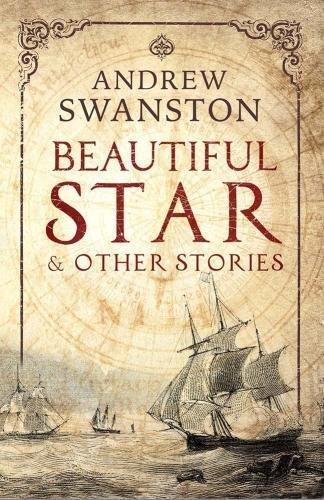
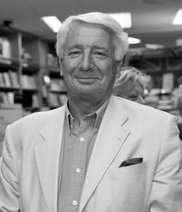





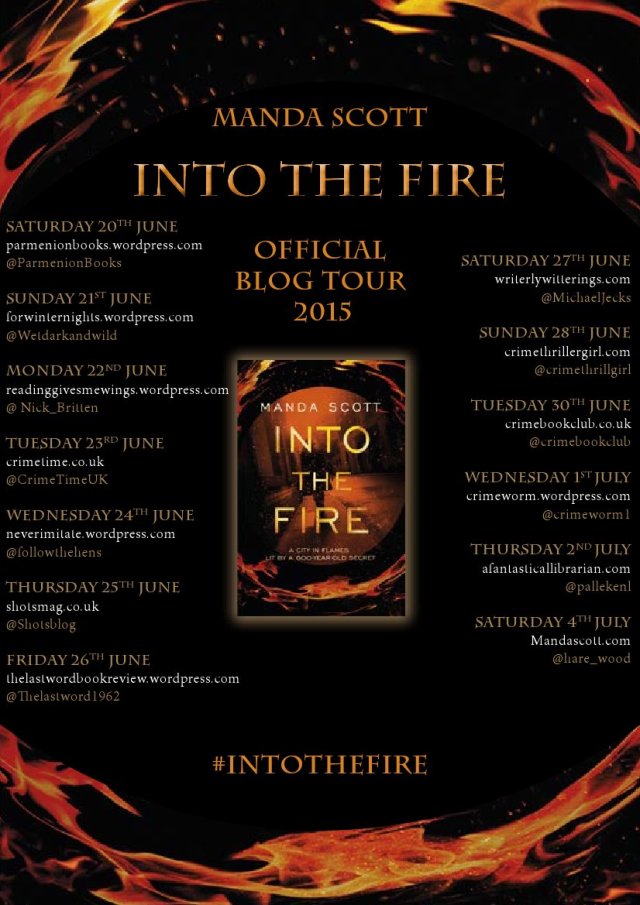

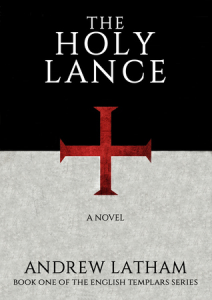

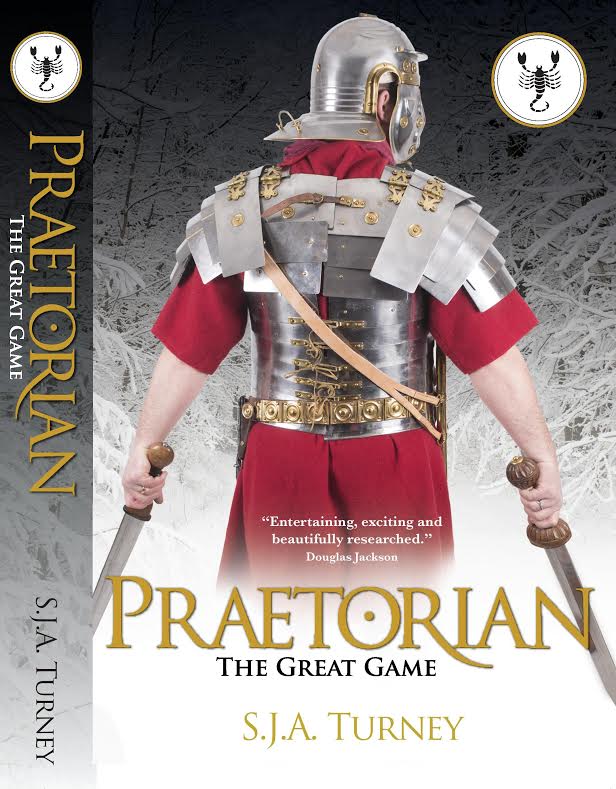


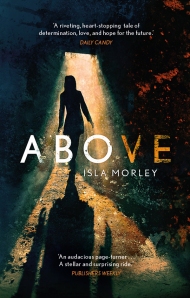 bunker, Blythe realizes she is a captive and is in an underground nuclear bunker. Why would Dobbs take her? What does he want with her?
bunker, Blythe realizes she is a captive and is in an underground nuclear bunker. Why would Dobbs take her? What does he want with her?
